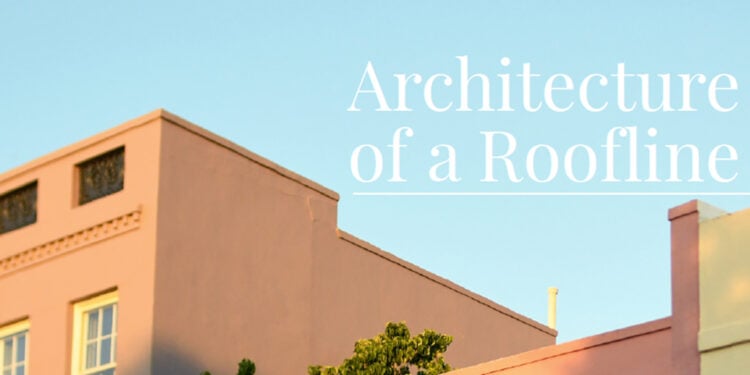The history behind the intricacies and designs of the most popular roof types
Look up and you’ll see a stunning variety of roof lines, shapes and designs, no matter what age or style of neighborhood you live in. As homeowners and lovers of architecture and home design, our curiosity had finally gotten the best of us, so we decided to dig in on this seemingly basic concept in home building. What are the most common types of roof lines, what are they called, where do they come from, and what practical purposes do they serve? While there are at least 30 different types of roofs globally, there are a handful of more common constructions, especially here in the U.S. From flat to saltbox, gambrel, and everything in between, let’s take a look at what happens when you look up.
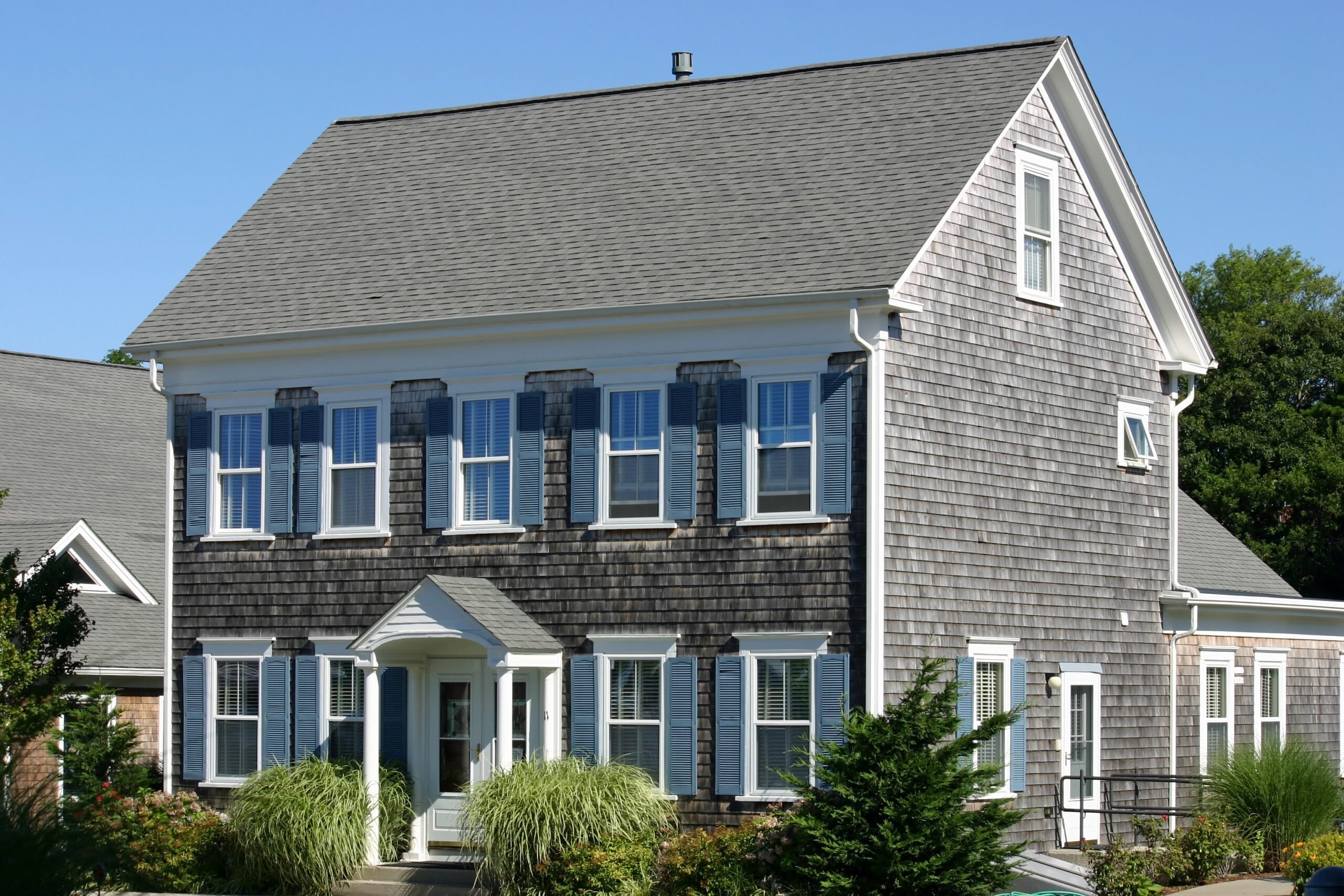

Gable
Arguably the most popular and most common roof type across North America is the Gable roof, which takes its name from the triangle formed where two pitches meet their apex. Gable roofs are simple, and straightforward to build, popular in all types of Cape Cod and ranch-style homes, and they shed water and snow with ease. They also facilitate ventilation well, and can be constructed, even off site, at any pitch (degree of steepness), adding to their versatility and affordability. Within the Gabled family are cross gabled, side gabled, flying gabled, and open gabled.
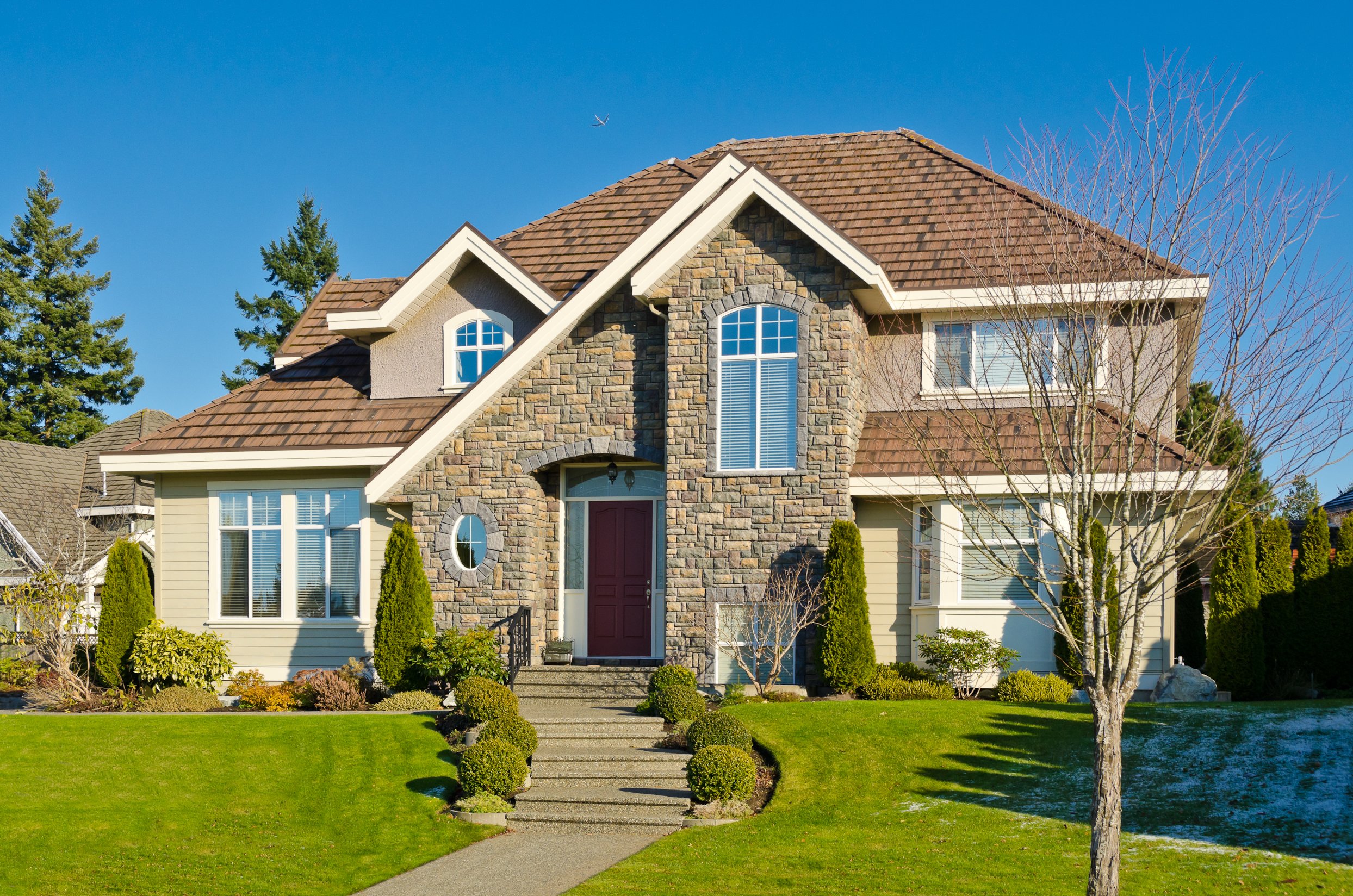

Dutch
Slightly more complex but still popular, the Dutch style roof could be considered, in essence, a hip-style roof, with a small gable at the top, although in its finished product this can take many forms. Beautiful and spacious, they are sometimes called Dutch Gable or Dutch Hip, and are known to let in sunlight and increase usable square footage. But they can be more complicated and expensive to build. A Dutch gable is sometimes called a Flemish gable, and is known for its roof-top pediment.
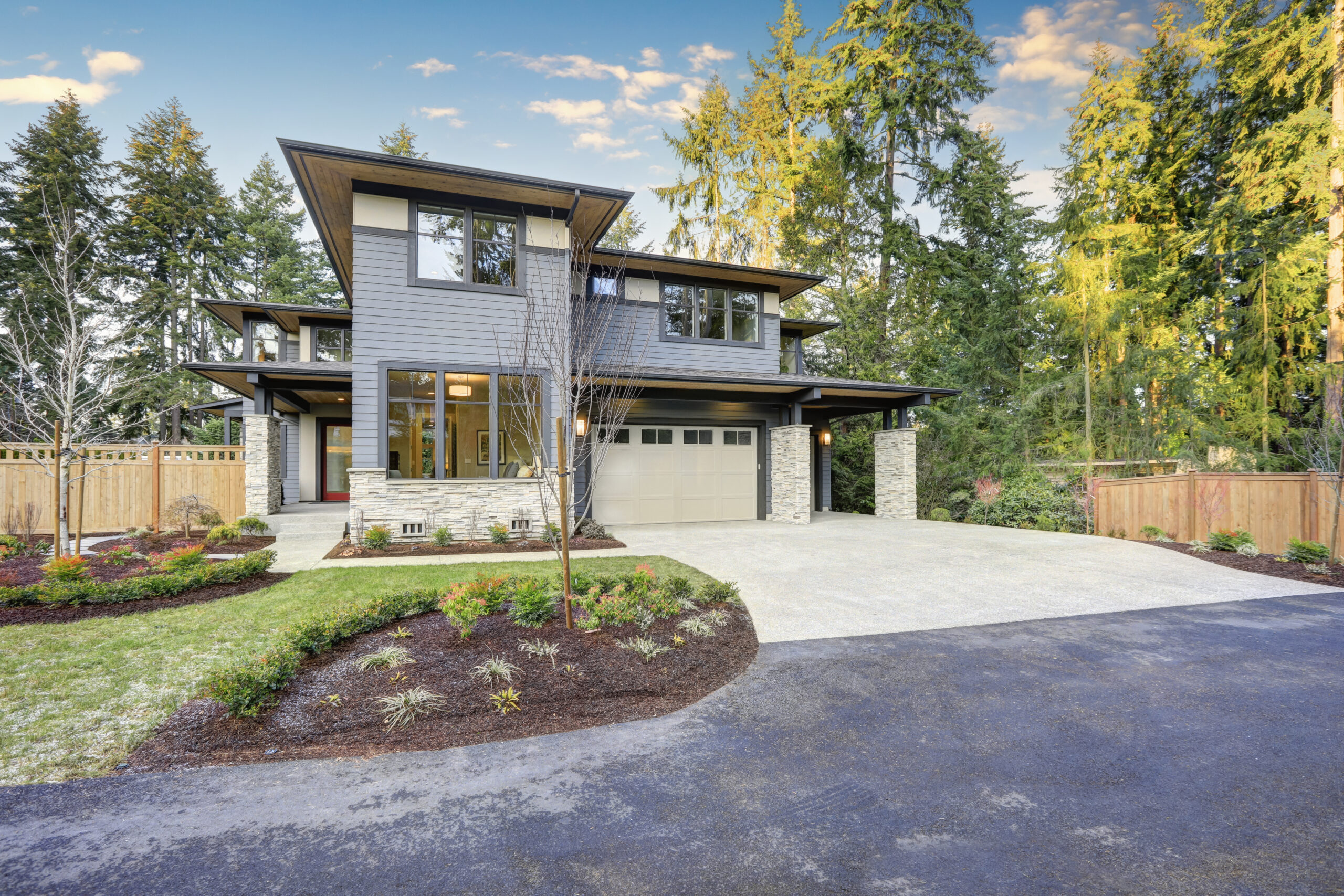

Flat
Flat roofs of course are not typically completely flat, but are built at varying degrees of very low angles. Often several layers and tiers of “flat” roof lines will come together in a modern or mid-modern home to create a unique and striking visual effect. The downsides are obviously drainage, which must be managed, and/or snow buildup.
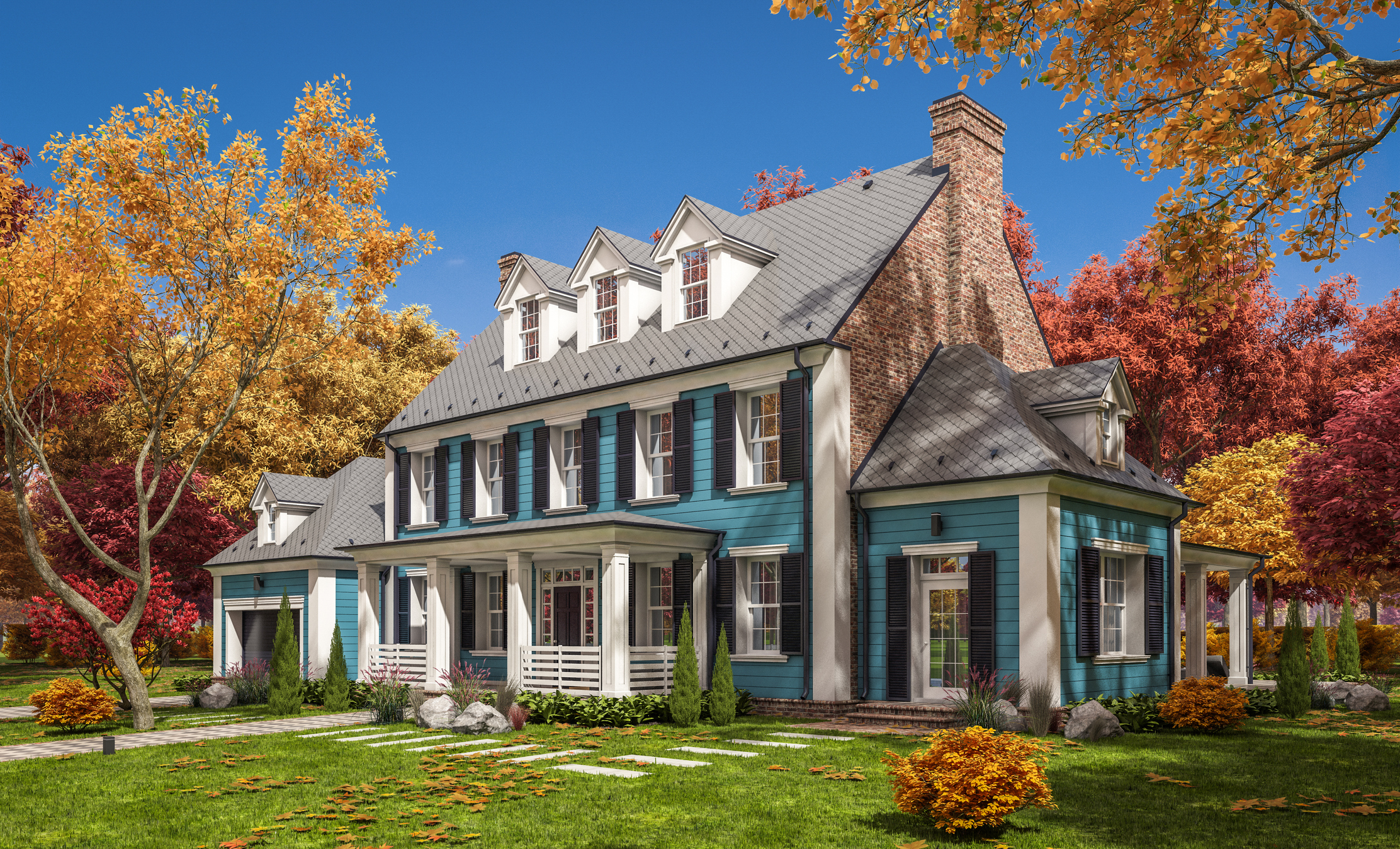

Dormer
A Dormer is typically an addition to a Gable or Hip building that provides and protects a window with its own small roof (gabled, hip, flat or other), extending from the slope of a roof. These highly functional and fun additions bring in natural light and open up upper level spaces, adding height both inside and out. A true Dormer roof then would be a gable or gambrel roof with windows protruding from each side, and variations in size, symmetry, and functionality would be limited only by the builder’s imagination.
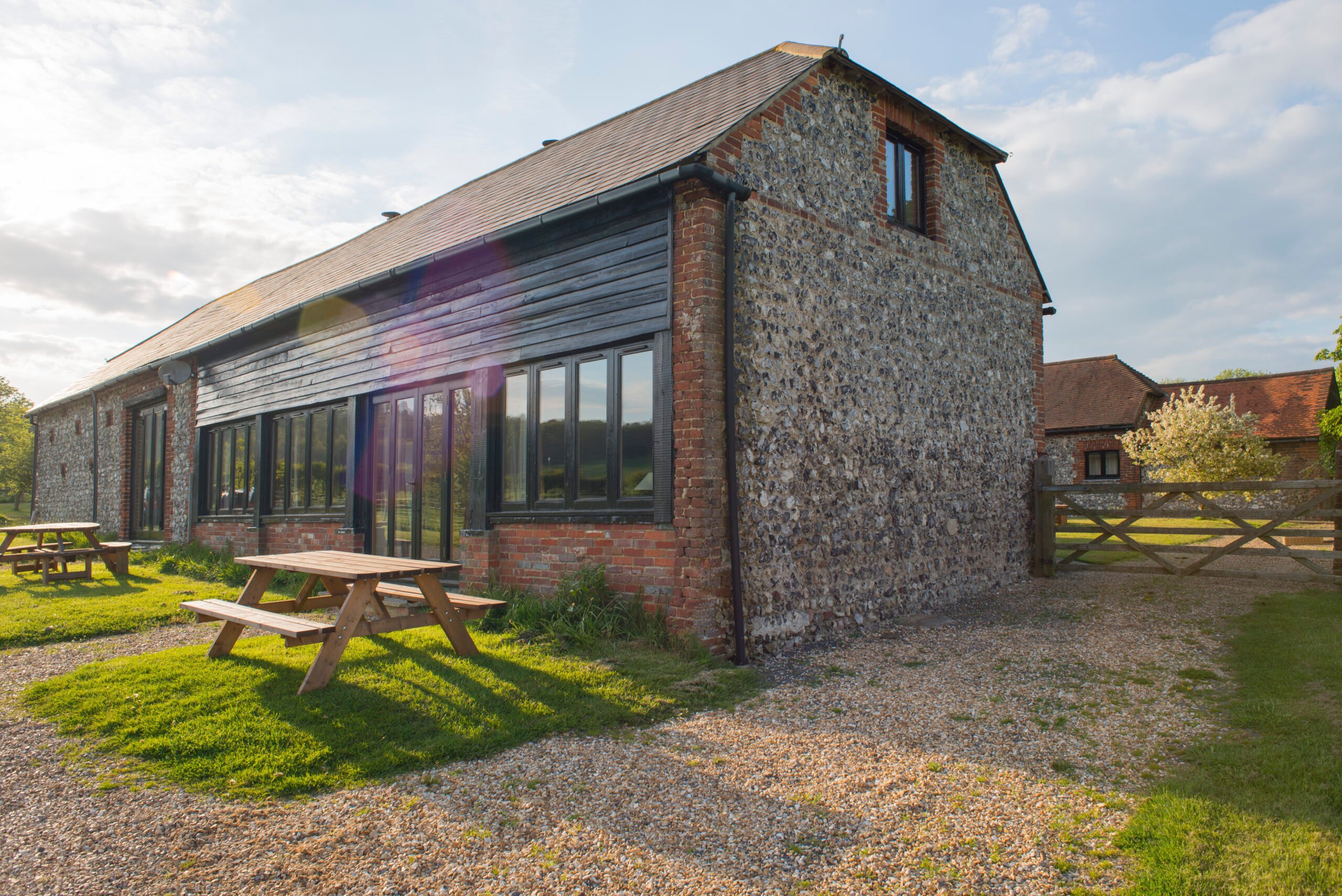

Gambrel
The Gambrel roof is also known as the Barn roof, so called for the additional second-story standing or storage space it can provide. A two-sided roof with two slope angles on each side, the lower slope is steeper than the upper. Common throughout the U.S. and Europe, a Gambrel opens up valuable interior space while still providing a well-draining sloped roof. Popular for hundreds of years beginning in the late 1600s, the style is making a comeback for its farmhouse style and practicality.
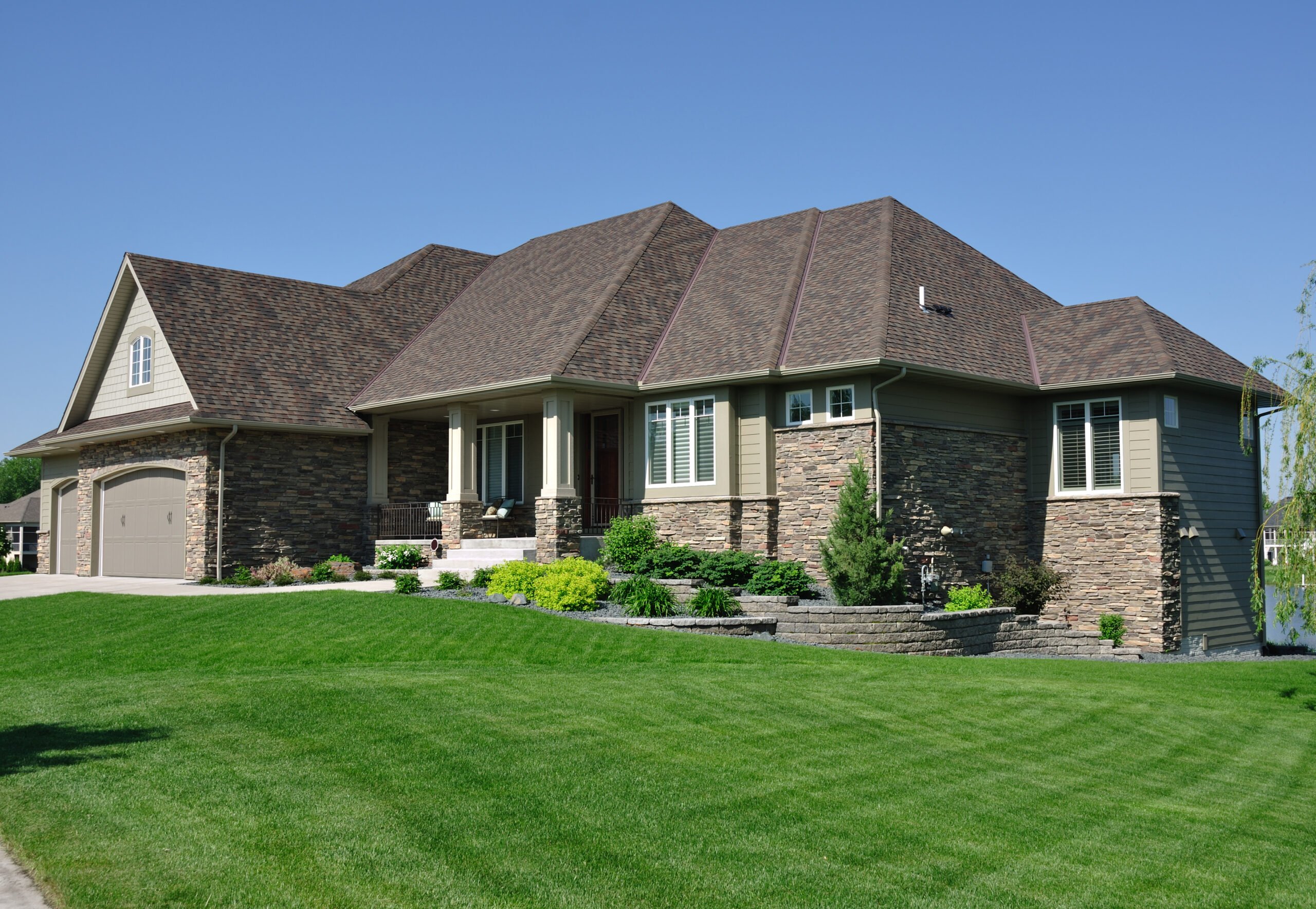

Hip
A more challenging construction that looks like a gabled roof but with four sides instead of two, is the Hip or Hipped roof. Hip construction is popular, and suits many larger builds, especially in high wind areas. But some builders will find it is more challenging to build, and to ventilate. That said, a hip roof could work well on an addition. A hip roof typically slopes down and meets the home’s walls, whereas the gable roof reaches out to the bottom of the eaves. The “hip” is the angle formed where two sides meet.
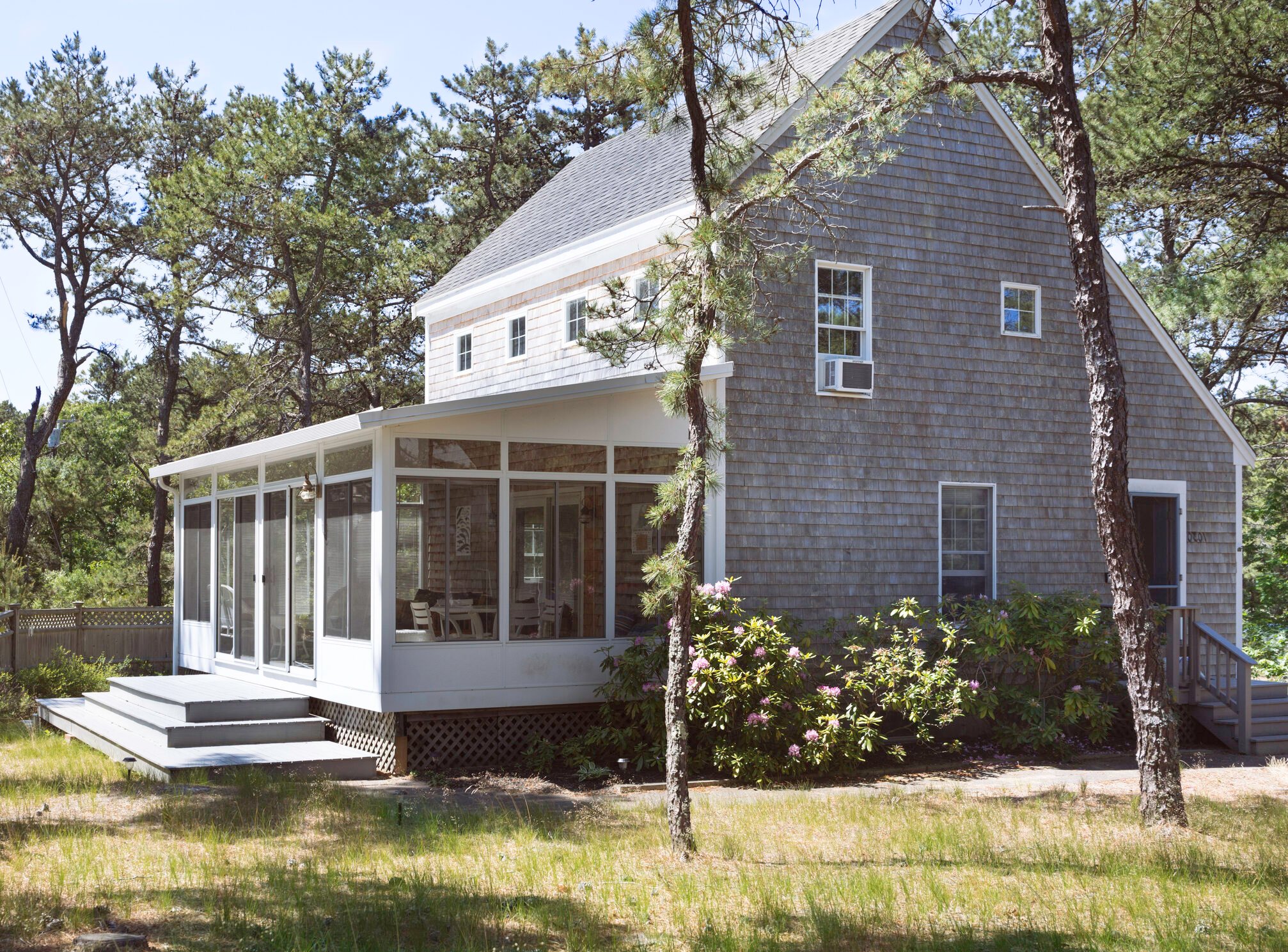

Saltbox
You might recognize a “saltbox” home due to its distinctive New England roots and its characteristic asymmetrical sloping roofline, designed to expand interior space. A saltbox will typically have one story in the front and two stories in the back, lending an uneven pitch slightly more complicated to build than a traditional gable style roof. The long, sloping front is also intended to shed wind and rain, and encourage snow to melt quickly. Traditionally fireplaces were placed in the center of saltbox homes so you’ll often see chimneys protruding from the roof ridge.
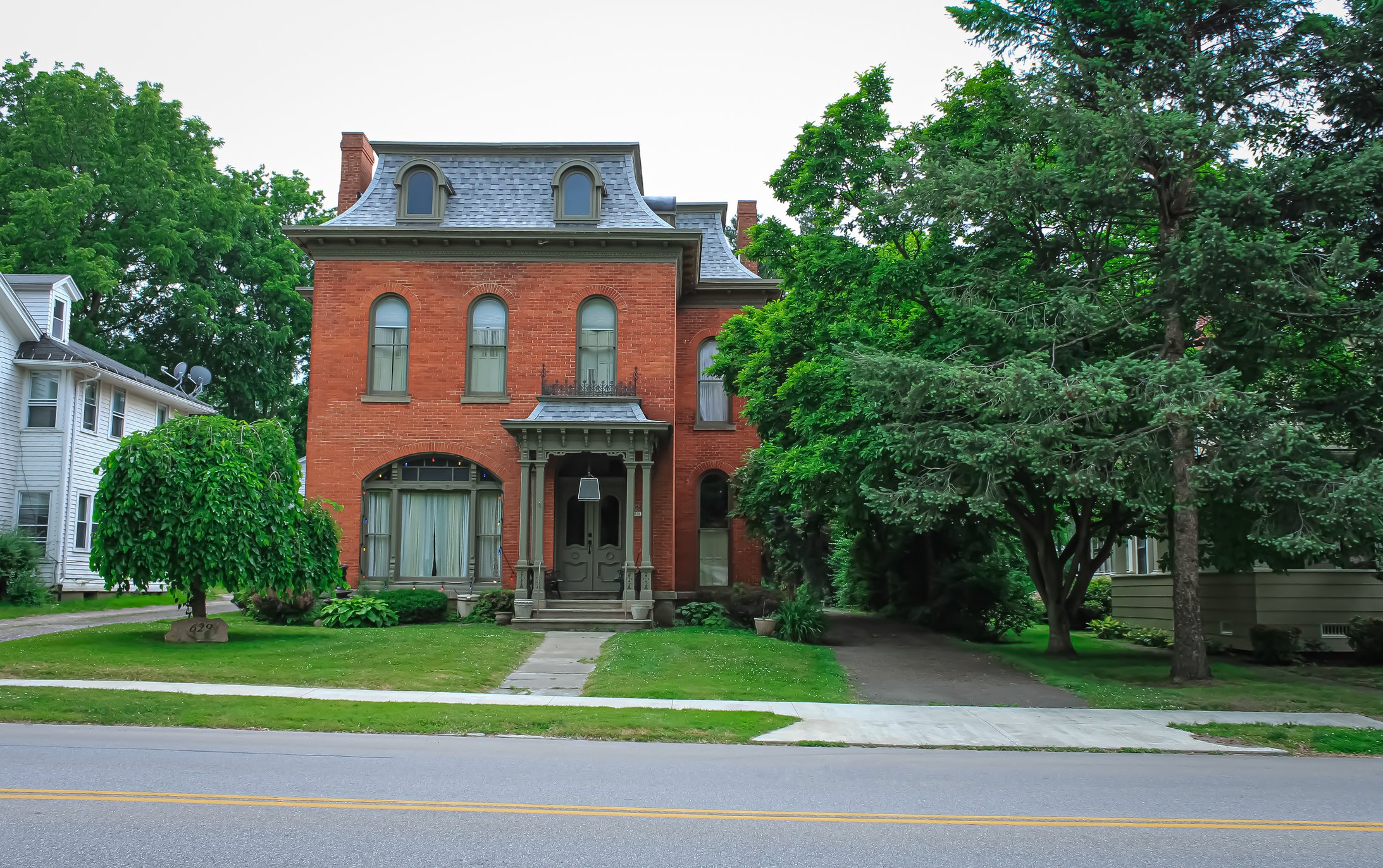

Mansard
A European variation of a gambrel roof (some sources say British, some say French in origin), the mansard roof slopes on four sides, like a hipped roof, with each side becoming steeper halfway down the pitch (giving it two slopes on each side, the lower one steeper). It is often adorned with dormers and/or a gambrel on top. Most believe the advantage is added headspace, especially in an attic. They are stunning to view but complex to build, and although they are versatile, mansard roofs can also be expensive and difficult to maintain.
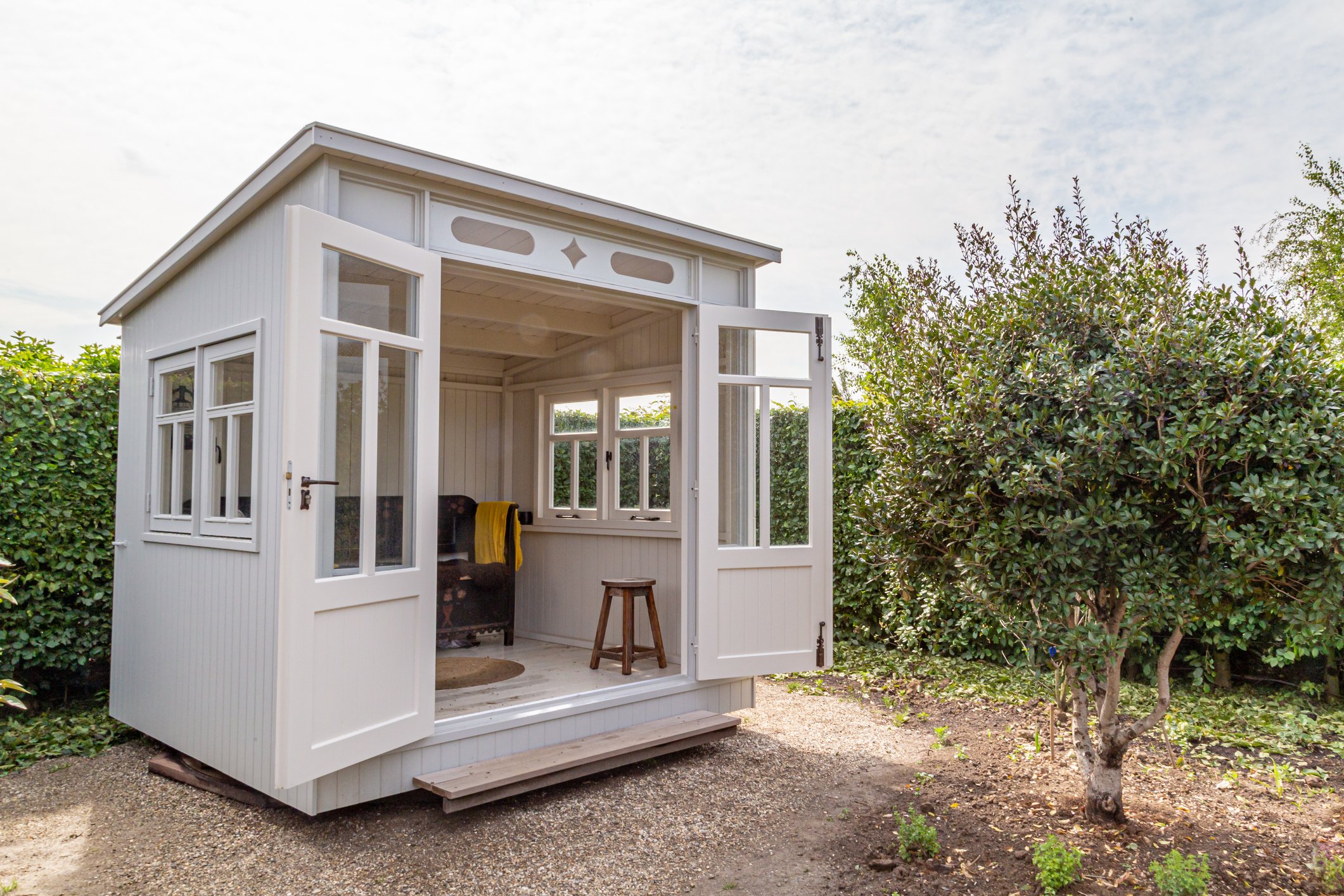

Shed
The Shed style roof may be the simplest and easiest to build of all roof types, although it will not work for all home designs. Essentially a single-pitch, the shed roof is most commonly used for things like additions, porches, sheds, cabins and in conjunction with other roof styles.
The more we learn about these historic individual styles, the clearer it becomes that no two roofs are alike, and most of today’s homes and buildings are a combination of various elements. And while modern roof lines may be a mash up of multiple styles, it’s interesting to understand the origins of rooflines and why they matter.
~ This article was excerpted from the pages of NEST Magazine…To subscribe to NEST, click here. For the full Winter 2023 issue, click through here.
